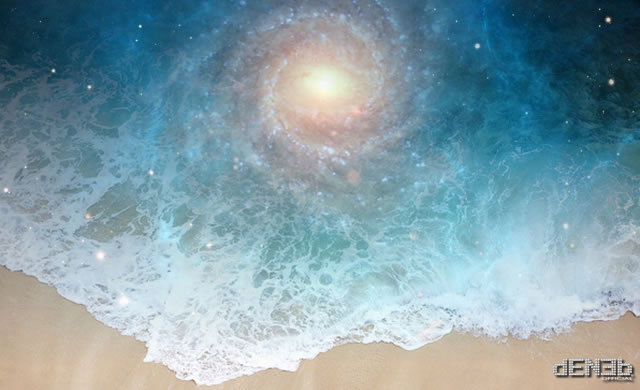
La Terra non è l’unico mondo con oceani nel sistema solare e oltre. Oceani possono trovarsi in forme diverse su molte lune e pianeti nani offrendo indizi nel tentativo di scoprire vita extraterrestre.
Il Sistema Solare, e oltre, è inondato d’acqua – La NASA sta esplorando il nostro sistema solare e oltre per comprendere il funzionamento dell’universo, alla ricerca di acqua e di vita tra le stelle. Come le missioni della NASA esplorano il nostro sistema solare alla ricerca di nuovi mondi trovano acqua in luoghi davvero sorprendenti.
L’acqua non è che un solo aspetto nella ricerca di pianeti abitabili e di vita oltre la Terra, ma è un importante collegamento tra molti mondi apparentemente estranei in modi sorprendenti. “Le attività scientifiche della NASA hanno fornito un’ondata di scoperte sorprendenti legate all’acqua negli ultimi anni che ci ispirano a continuare a indagare le origini e le affascinanti possibilità di altri mondi, e di vita, nell’universo,” ha detto Ellen Stofan, scienziato capo dell’agenzia. “Nel corso della nostra vita possiamo finalmente rispondere molto bene alla domanda se siamo soli nel sistema solare e oltre.” Gli elementi chimici dell’acqua, idrogeno e ossigeno, sono alcuni degli elementi più abbondanti nell’universo. Gli astronomi vedono la firma dell’acqua nelle nubi molecolari giganti tra le stelle, in dischi di materiale che rappresentano sistemi planetari neonati, e nelle atmosfere dei pianeti giganti in orbita attorno ad altre stelle. Ci sono diversi mondi che si pensa possiedano acqua liquida sotto le loro superfici, e molti altri che hanno acqua sotto forma di ghiaccio o vapore. L’acqua si trova in oggetti celesti primitivi come le comete, gli asteroidi e pianeti nani come Cerere. Le atmosfere e gli interni dei quattro pianeti giganti Giove, Saturno, Urano e Nettuno si pensa contengano enormi quantità di materiale a contatto diretto con l’acqua, e le loro lune e gli anelli, di una notevole quantità d’acqua ghiacciata. Forse i mondi d’acqua più sorprendenti sono le cinque lune ghiacciate di Giove e Saturno che mostrano una forte evidenza della presenza di oceani sotto le loro superfici: Ganimede, Europa e Callisto di Giove, ed Encelado e Titano di Saturno.
NASA is exploring our solar system and beyond to understand the workings of the universe, searching for water and life among the stars. As NASA missions explore our solar system and search for new worlds, they are finding water in surprising places. Water is but one piece of our search for habitable planets and life beyond Earth, yet it links many seemingly unrelated worlds in surprising ways.
“NASA science activities have provided a wave of amazing findings related to water in recent years that inspire us to continue investigating our origins and the fascinating possibilities for other worlds, and life, in the universe,” said Ellen Stofan, chief scientist for the agency. “In our lifetime, we may very well finally answer whether we are alone in the solar system and beyond.” The chemical elements in water, hydrogen and oxygen, are some of the most abundant elements in the universe. Astronomers see the signature of water in giant molecular clouds between the stars, in disks of material that represent newborn planetary systems, and in the atmospheres of giant planets orbiting other stars. There are several worlds thought to possess liquid water beneath their surfaces, and many more that have water in the form of ice or vapor. Water is found in primitive bodies like comets and asteroids, and dwarf planets like Ceres. The atmospheres and interiors of the four giant planets Jupiter, Saturn, Uranus and Neptune are thought to contain enormous quantities of the wet stuff, and their moons and rings have substantial water ice. Perhaps the most surprising water worlds are the five icy moons of Jupiter and Saturn that show strong evidence of oceans beneath their surfaces: Ganymede, Europa and Callisto at Jupiter, and Enceladus and Titan at Saturn.
Source/Continue reading → NASA.gov






















